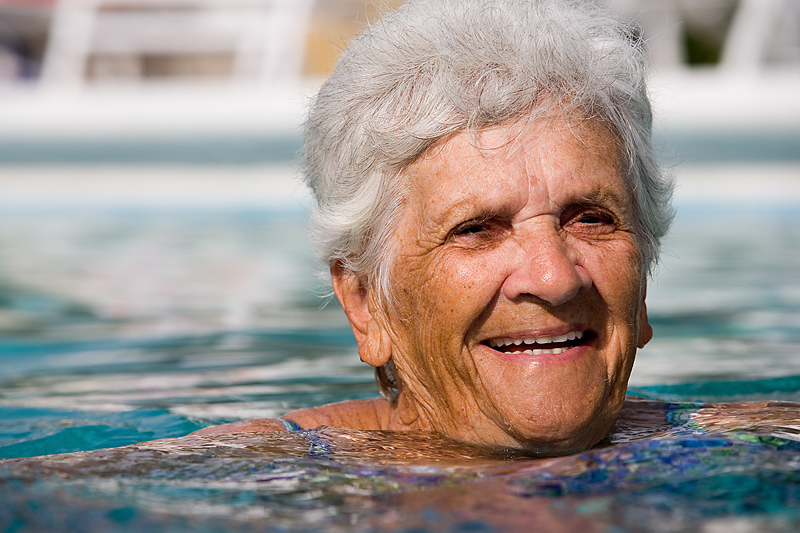THURSDAY, Feb. 9, 2017 (HealthDay News) — The stereotype that older men are usually attracted to much younger women may not fully reflect reality, a new study suggests.
The study of Finnish adults found that many heterosexual men were, in fact, interested in women substantially younger than they were. And on average, they had a more generous definition of “too young” than women did.
But on the other hand, men were also attracted to women their own age. And as they aged, their preferences for a sexual partner matured, too.
Basically, the stereotype that older men go for young women is “too crude,” said researcher Jan Antfolk, of Abo Akademi University, in Turku, Finland.
“Sure, some older men have a strong preference for clearly younger women, but most tend to also find older women attractive,” Antfolk said.
“An interesting finding is that as men age, they become less picky about age,” he added. “They report an interest in both younger and older women.”
And of course in the real world, Antfolk stressed, neither men nor women base their romantic choices on age alone.
“We look for many different characteristics when choosing a partner, and age is just one of them,” he said.
For the study, Antfolk surveyed nearly 2,700 adults between the ages of 18 and 50. Some were single, he said, and some were in long-term relationships. The majority were heterosexual, while just over 1,000 were bisexual or homosexual.
All study participants gave the age range they would “consider” for a sexual partner. Then they were asked about their actual partners in the past five years.
Overall, Antfolk found, young men preferred women their own age. And compared with women, men were generally more willing to consider a partner substantially younger than they were.
For example, the average age of heterosexual men in the study was 37. And on average, they would consider having sex with a woman as young as 21.
By comparison, heterosexual women were 35 years old, on average, and the youngest partner they would consider was around 27 (again, on average), the findings showed.
As women grew older, they generally put more limits on how young they would go: For each year in a woman’s age, her definition of “too young” increased by about four months, Antfolk found.
Men’s preferences evolved, too, though not as much: Their youngest age limit crept up by two months, on average, each year.
But men were also interested in women their own age, the study found. And men and women did not differ much when it came to the oldest age they would consider.
Plus, men’s actual behavior looked different from their reported interests. They typically had sex with women who were close to their own age.
Whether that reflects men’s true preferences — or simple reality — is not clear, according to Justin Lehmiller, a social psychologist who wasn’t involved in the study.
“It might be more of a reflection of how the dating game works,” said Lehmiller. He directs the social psychology graduate program at Ball State University in Muncie, Ind.
But it’s difficult to know what drives people’s actual sexual behavior, Lehmiller pointed out. Study participants were asked about the age range of their sexual partners — but the “context” was left out, he said.
So it’s not clear how often older men were actually dating women their own age, or how often they’d been with the same woman for the past 20 years, he explained.
Still, the findings do suggest “men’s lower age limit for a sexual partner may not be as low as we’ve thought, based on previous research,” Lehmiller said.
But he added an “important caveat.” The study was done in Finland, and the findings might not extend to other cultures, including the United States.
Antfolk agreed, noting that Finland has a high level of “gender equality,” which might have swayed the findings.
As for bisexual and homosexual study participants, similar patterns showed up. Typically, men were more willing to consider much younger partners than women were.
But those interests translated into behavior more often for homosexual men. Their actual partners were sometimes much younger, the study found.
According to Lehmiller, that finding is in line with past research showing larger age differences in same-sex couples versus heterosexual couples. It’s possible, he said, that same-sex couples have different “norms” when it comes to age and dating.
Antfolk’s findings were published in the January-March issue of the journal Evolutionary Psychology.
More information
AARP has more on dating after 50.
Copyright © 2025 HealthDay. All rights reserved.

